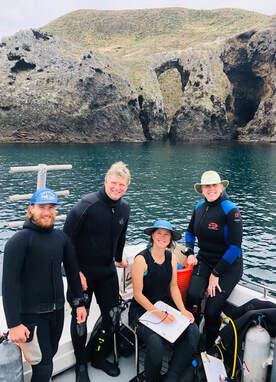 Fish counters between dives. From left to right: the author, Dave, Jessie, and Julie Fish counters between dives. From left to right: the author, Dave, Jessie, and Julie Anacapa Island Channel Islands National Marine Sanctuary 6/20/2019 May grey, June gloom. A light drizzle, low cloud base, calm and glassy seas. Typical conditions along the coast of California as the seasons transition from spring to summer. In the post-dawn gloom, I helped load gear with NOAA affiliate and principle investigator Jessie Alstatt, CINMS Unit Dive Supervisor and Team Lead for Education and Outreach Julie Bursek, and National Marine Fisheries Service biologist and habitat restoration specialist David Witting. Our goal was to survey restored eelgrass meadows (Zostera marina) and adjacent disturbed sandy bottom habitats for any and all fish, from the benthos through the water column. And we couldn’t have asked for better conditions. Most people envision SCUBA divers working on bright, sunny, tropical coral reefs with hardly any neoprene on at all. This is not the case for those who are interested in studying, understanding, and restoring the vital nearshore habitats of the northeastern Pacific. As we headed across the channel, from Santa Barbara to Anacapa Island, we studied the horizon for any signs of the charismatic marine life that inhabits the Santa Barbara Channel. We were rewarded by the blows of distant humpback whales, and the playful acrobatics of common dolphins. But as we studied the fish guides onboard the Sanctuary’s 28ft twin-hulled power cruiser dubbed Sharkcat we turned our attention to the objective at hand. We split our group into two dive teams; Jessie and Dave would take the first plunge, and Julie and I would be ready to drop in as soon as they surfaced. As far as dive objectives go, counting fish while swimming along a depth gradient for 30minutes (15minutes on one heading, 15minutes back on a reciprocal heading) isn’t too terribly challenging. On our first dive, Julie and I surveyed a once-pristine eelgrass meadow turned sandflat by years of abuse by boaters. We hardly saw any living vertebrates during that dive. Fortunately, our next two dives took place in eelgrass meadows meticulously restored and surveyed over the last several years by Jessie. At the start of dive two, Julie and I dropped down into a dense eelgrass meadow right on top of several juvenile leopard sharks (Triakis semifasciata), who utilize the eelgrass meadows as a nursery ground. However, dive three really made our day. About halfway through, I felt a looming presence emerge to my right; that feeling of being watched began to creep into my thoughts. As I hastily glanced up, a behemouth emerged into my line of sight: a giant black sea bass (Stereolepis gigas)! These voracious fish-eating bass were once common in Southern California, but their huge bulk and tendency to investigate humans has led to their listing as a critically endangered species. True to their inquisitive nature, this gentle giant, easily 200lbs+, swam laps around Julie and me for the remainder of the dive. The once abundant fishes would scatter as soon as the big black bass would come near and would quickly swim back to investigating our numbers as behemoth continued to make the rounds. After a marvelous dive, Julie and I began to surface, when suddenly a quick flash of silver caught my attention. I thought I was seeing double when another giant black sea bass came swimming my way! Only this time, it wasn’t the big fish but a juvenile who was just getting its adult coloration! Now, you all know me, I get far more excited by exploring autotrophic communities (i.e. ecosystems built upon photosynthesizers) than counting fish (take that charismatic megafauna!). But, the point of this post isn’t to highlight the frenzy of fish found on the Channel Islands, but to show that RESTORATION WORKS! Our fish count data show a clear dichotomy between sand and seagrass; the fish go where the habitat is. Yes, there is a high diversity of organisms (sometimes fishes included) on sandy bottoms, but sand flats just don’t compare to sheltered, three-dimensional, carbon dioxide sequestering, almighty eelgrass. If you still don’t get the appeal of eelgrass, grab a snorkel and see for yourself! -Baron von Urchin Side by side comparison of a sandy bottom that was once a seagrass meadow (left) and a healthy, vibrant seagrass meadow teaming with fishes
0 Comments
California Sea Grant State Fellowship Monthly Progress Report Reporting Period: May 2019 Name: Pike Spector Agency: NOAA Channel Islands National Marine Sanctuary This month (May) marks my second full month with NOAA Channel Islands National Marine Sanctuary (CINMS) as part of the California Sea Grant State Fellowship. Most of this month has been dedicated to the May 2019 Sanctuary Advisory Council meeting, as well as report writing, collaborative meetings, and general office work/housekeeping. Sanctuary Advisory Council Meetings This month we held the second Sanctuary Advisory Council meeting of the year. This SAC was the first one that I was held totally responsible for (former Sea Grant fellow Dr. Lindsay Marks had secured the venue for us in 2018). As part of my responsibility to support SAC meetings, I helped coordinate with the staff of the Santa Barbara Zoo (the venue for this meeting). Further, with minimal support, the deputy superintendent and I were responsible for the set up and break down of the meeting space and associated technical equipment. During the meeting I was responsible for keeping the audio and written recordings of the proceedings of the Council, and I ultimately compiled a written draft of the meeting’s key outcomes, which will be dispersed to the council. In preparation for the May meeting, I also attended the Conservation Working Group meeting (a subcommittee of the council). In preparation for this meeting I took on the responsibility of coordinating two guest presenters: Megan Hepner from the Southern California Coastal Ocean Observation System who drove up from San Diego, and Dr. Heidi Dewar of the Southwest Fisheries Science Center who presented remotely. A lot of behind the scenes work went into ensure the successful delivery of their presentations. The council was delighted by the guest presentations and ultimately, we had an incredibly productive SAC meeting. Outreach and Education Part of my duties as a fellow with CINMS will be to help facilitate the outreach and education programs facilitated by Sanctuary staff. This month the education and outreach responsibilities for my fellowship were tabled so that I could devote more time to the May SAC meeting. However, I was able to join the CINMS LiMPETS coordinator for a morning of intertidal sampling protocol review. By getting my hands wet (so to speak) I am better able to assist with the LiMPETS program. Further, I have offered to help with the analysis of student-collected data for a national report due in July 2019. In continuing with CINMS mandate of engaging with stakeholders the general community, I presented a lecture on nearshore habitats to a recreational fishing class hosted by the recreational fishing member of the SAC. Captain David Bacon approached the Sanctuary and ask the staff if anyone would be willing to give a lecture on the nearshore habitats of the CINMS to his first-ever shore-based recreational fishing class. I immediately answered the call and prepared a one-hour lecture to be delivered to the mostly adult cohort of students. The class was well attended, and I have been told that the lecture was well received. I reveled in this opportunity to present to the recreational fishing class not only a fellow, but also as someone interested in human-resource interactions. To follow up on the Sofar ROV collaboration from April, I have met with the Santa Barbara chapter of the Marine Protected Area Collaborative Network coordinators to assist them in getting their own ROV. Through several meetings and phone calls, I have taken a hands-on roll in contributing to their OpenExplorer webpage, which is critical to successful award of an ROV through the S.E.E. initiative. Research To follow up on last month’s seminal basking shark tagging effort, the collaborative, multi-line office Web Story was published in early May. It was a privilege to work with collaborators across NOAA line offices, such as the Southwest Fisheries Science Center, and I was honored that my name was attached on the “by line” for the publication. The marks the first major deliverable of my fellowship year to date. The recent sightings of basking sharks in the Sanctuary prompted a lot of coverage from the media; our web story was released just in time to generate a lot of attention for the Sanctuary. We are currently working on a video about basking sharks which will be released sometime this summer. Management Plan
No new developments this month. Social Media A vital component of my fellowship year will be to actively update CINMS’s Facebook and Twitter accounts. These activities help engage the community and increase awareness around the Sanctuary’s goal of protecting the Channel Island’s natural and cultural resources. This month I have increased the amount of posts on both Facebook and Twitter and have boosted CINMS’s social media presence. To date, the release of the basking shark web story generated the most media attention the CINMS Twitter page has ever received. Housekeeping Now that I have been working at the CINMS office for several months, I have been able to fully integrate into systems operations. During this month I have also participated in a number of in-house staff meetings and have attended NOAA webinars relevant to my fellowship and academic/social interests. Finally, in review of footage from the ROV dives during one of the April outreach and education cruises, I came across the first ever sighting of Undaria pinnatifida, the voraciously invasive alga, on Santa Cruz Island. Dr. Lindsay Marks confirmed the sighting, which was promptly shared across relevant agencies in and around the Channel Islands. I was asked to write a Situation Report on this discovery, which was shared with all Office of National Marine Sanctuary Staff through the online public of the Weekly Situation Reports. Since then, I have been asked to contribute to “SitReps” when applicable during my fellowship. |
AuthorPike Spector is currently a Research Operations Specialist with Channel Islands National Marine Sanctuary Archives
August 2022
Categories |
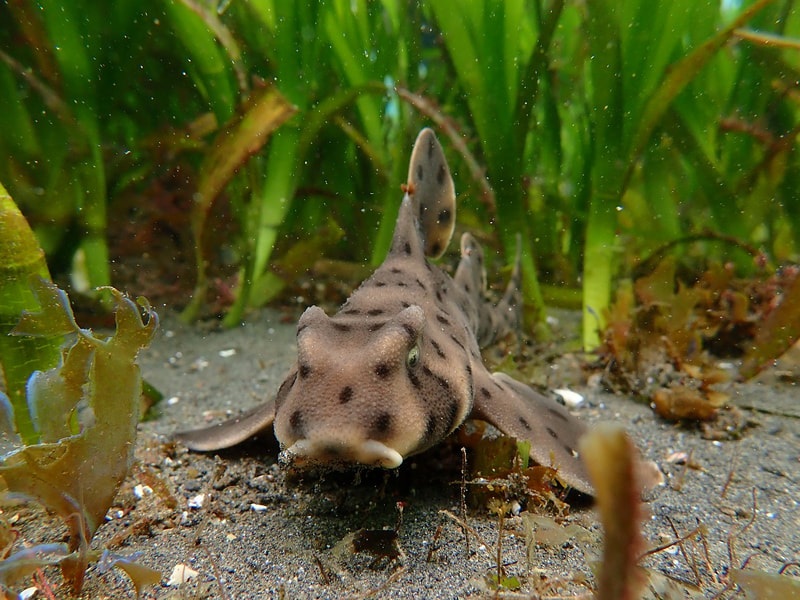
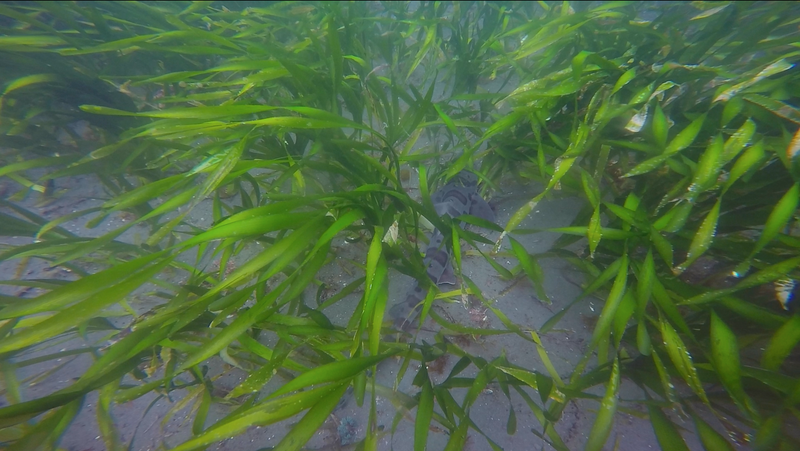
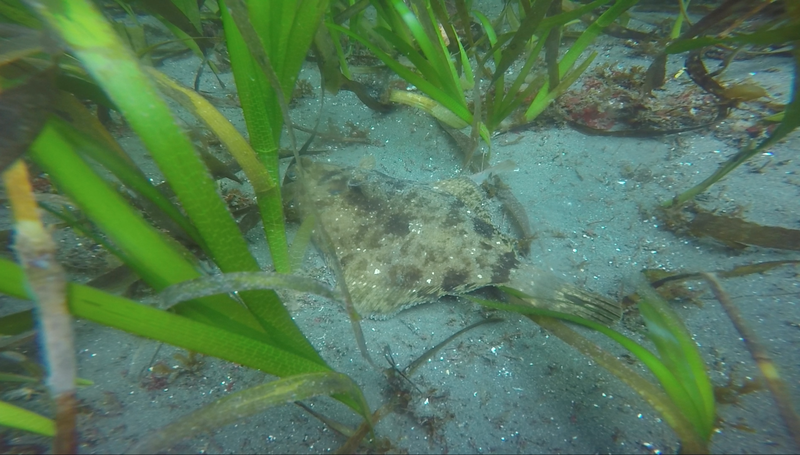
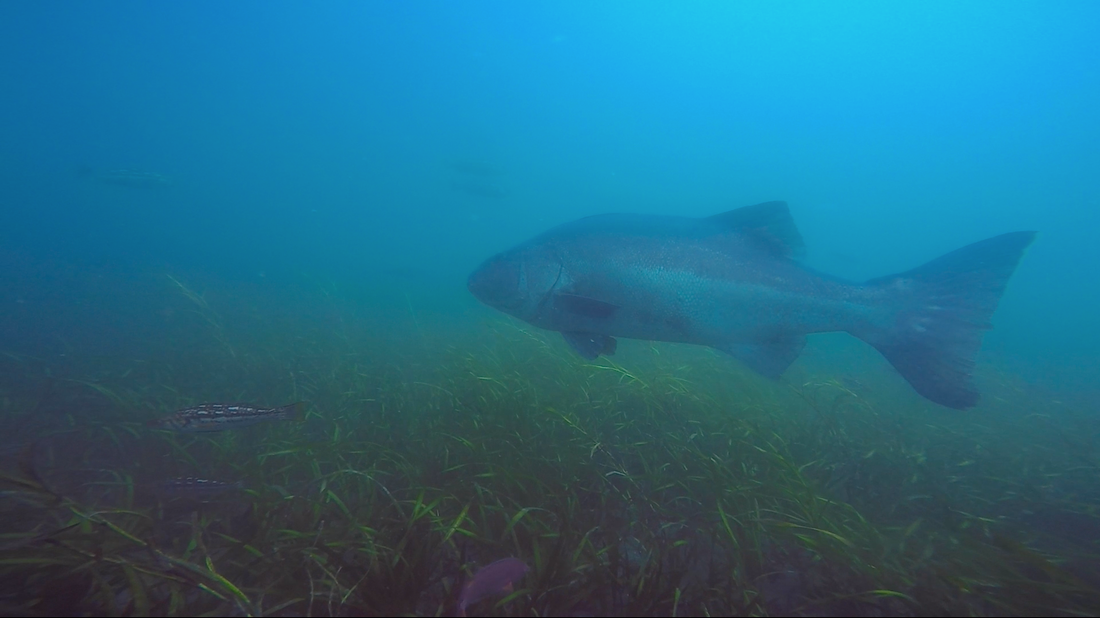
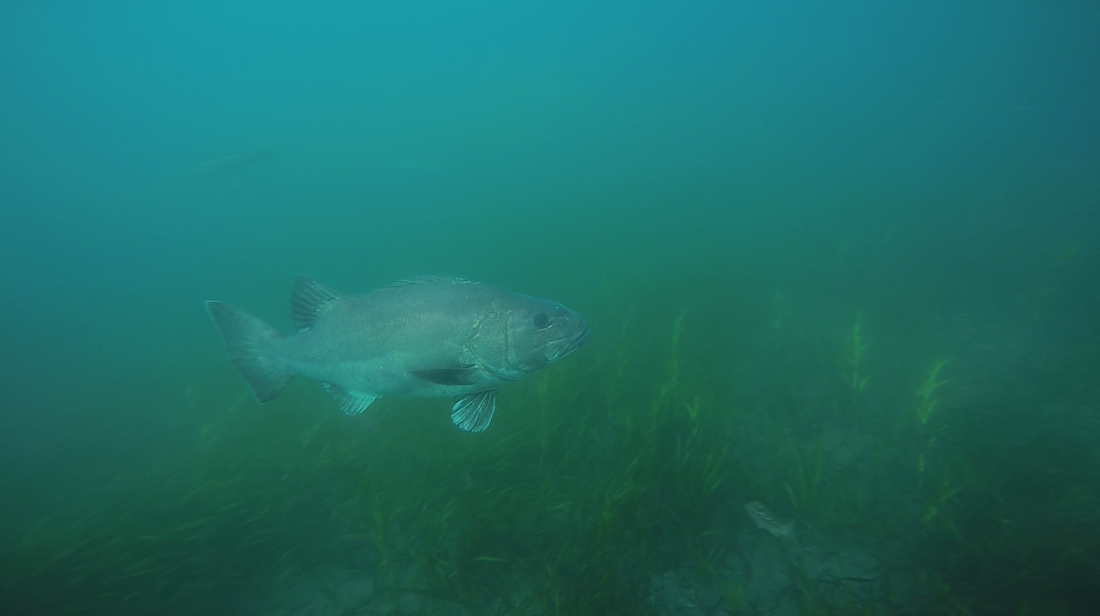

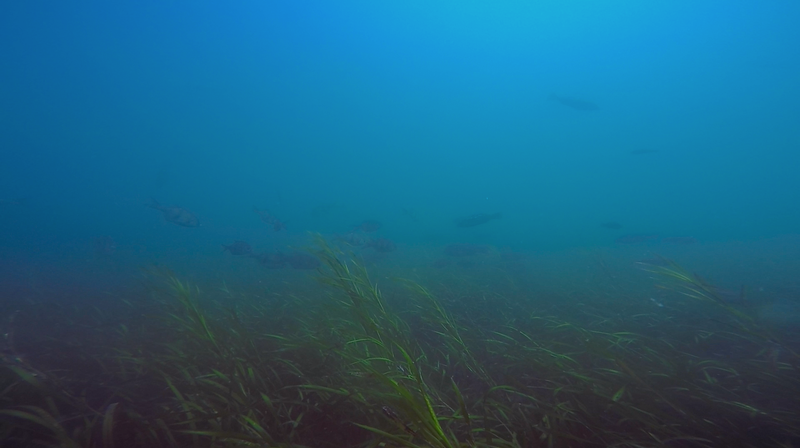

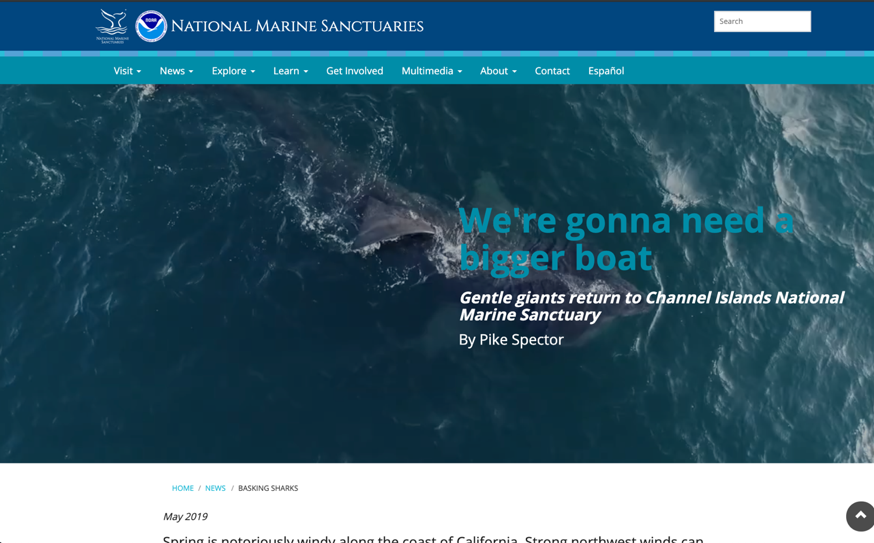
 RSS Feed
RSS Feed
